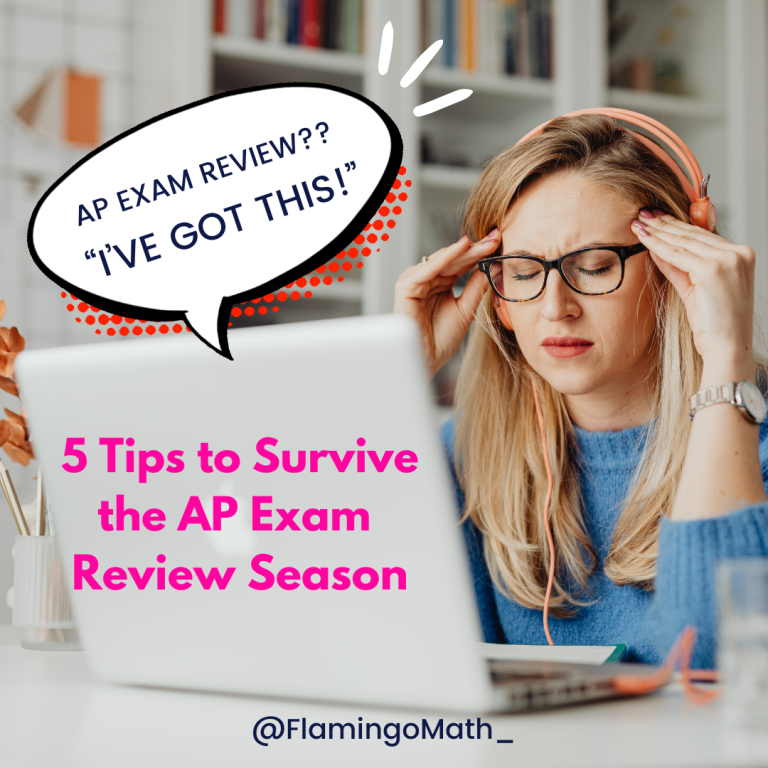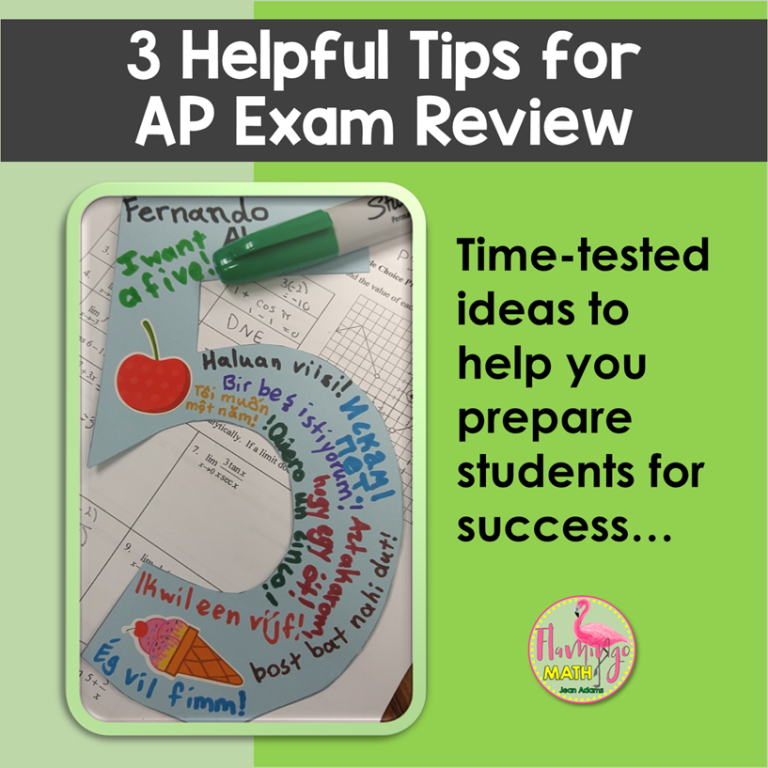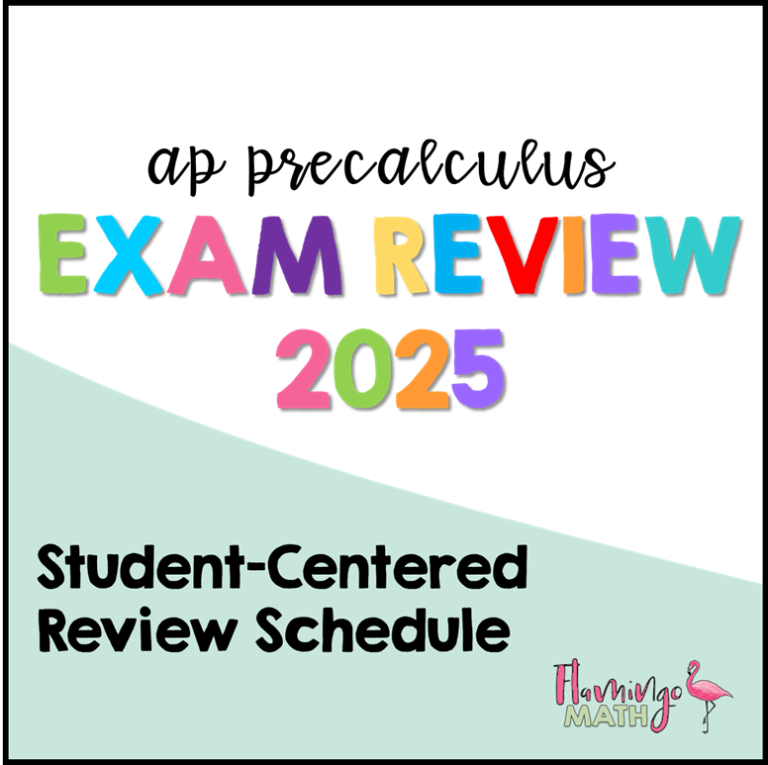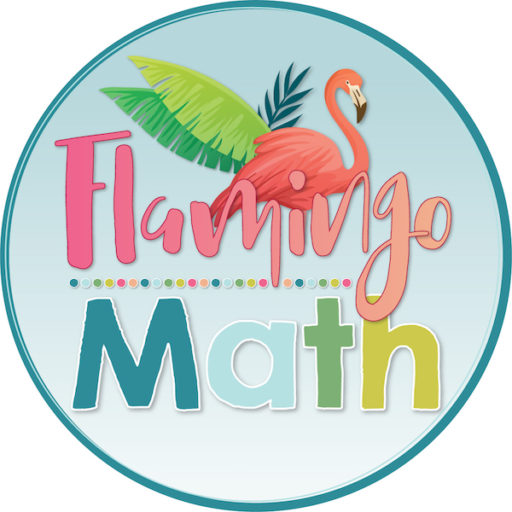 I have personally used graphic organizers, Foldables® and Interactive Notebooks in some form for over 14 years with my students. So what does this method have to do with teacher evaluations and Marzano strategies? I’ll get to that, but first a little story. At the beginning of my journey into notebooking, I would collect them, drag them home and grade each one at the end of the quarter. Somewhere along the way I began to realize that notebooking wasn’t about me or a grade to be earned. More importantly, this unique creation for every student was a personal diary of their mathematics knowledge. When I came to understand the significance to that, the grading stopped and learning began to improve. No, better yet, students began to engage in this journey with me.
I have personally used graphic organizers, Foldables® and Interactive Notebooks in some form for over 14 years with my students. So what does this method have to do with teacher evaluations and Marzano strategies? I’ll get to that, but first a little story. At the beginning of my journey into notebooking, I would collect them, drag them home and grade each one at the end of the quarter. Somewhere along the way I began to realize that notebooking wasn’t about me or a grade to be earned. More importantly, this unique creation for every student was a personal diary of their mathematics knowledge. When I came to understand the significance to that, the grading stopped and learning began to improve. No, better yet, students began to engage in this journey with me.Even my Algebra 1A and 1B students way back in 2001 were excited to be handed a colorful sheet of paper each day as they entered the room. What would they CREATE today? Students who were absent would almost reach a level of FRENZY if they couldn’t fill in the space from the day before. I started to see OWNERSHIP and PRIDE. Colored pencils and highlighters came out, students purchased their own special scissors and glue. THIS WAS IMPORTANT TO THEM!
My how the years have flown by…paper has been cut, squandered, and changed to add meaning to countless lives at various levels of learning mathematics. From Algebra 1 through AP Calculus, kids love to CUT PAPER AND MAKE PRODUCTS THAT HAVE RELEVANCE! Interactive notebooks and Foldables combine together in this dance of education in a marvelous way that enables learners to CHUNK KNOWLEDGE into bite-sized portions. The classroom is busy and focused when hands and minds are engaged in the process. And Marzano, has nothing on the real benefits of what happens! Not to be negative, but that is just another BOX TO CHECK in the teacher duties of life. Teachers have known and understood how to provide rigor and relevance long before his methods grew to national fame. I just realized that what my students write on the opposing side of the paper is the Marzano strategy to HELP STUDENTS REFLECT ON LEARNING! How great is that? Things I have done for over a decade in my classroom are now considered valuable! WOW! Other colleagues of mine thought I was nuts, so many years ago. They told me I was wasting my time…cutting paper. However, today, my experiment in notebooking is now my preferred method for teaching.
 My students choose to place their Foldables on the left side and use the right side
My students choose to place their Foldables on the left side and use the right sideto REFLECT ON THEIR LEARNING AND KNOWLEDGE by writing extra information they have learned in this space.
In using Foldables
and Interactive Notebooks, I have seen countless benefits that students gain in helping them to compartmentalize and “chunk” new information.
and Interactive Notebooks, I have seen countless benefits that students gain in helping them to compartmentalize and “chunk” new information.
Marzano, Pickering, and Pollack (2001) have contended, as have others, that to foster higher-order thinking, instructional activities must call on learners to restructure their prior knowledge and link it to new information. A crucial aspect of this brain-based activity is that students use their own “voices and perspectives” as they construct personal meaning for various mathematical processes, data, and events.
Interactive student notebooks help students to become active participants in their learning. They encourage our students to use a variety of intelligences, not just verbal linguistic. Interactive Notebooks become a personal portfolio of individual learning, no two are alike. But, best of all, they help our students organize information systematically.
Get Your Free Math Resources Today
Join the Flamingo Math Flock to receive news, FREEBIES and updates!
Success! Now check your email to confirm your subscription. We are happy to have you join our Flamingo Math flock! Jean





